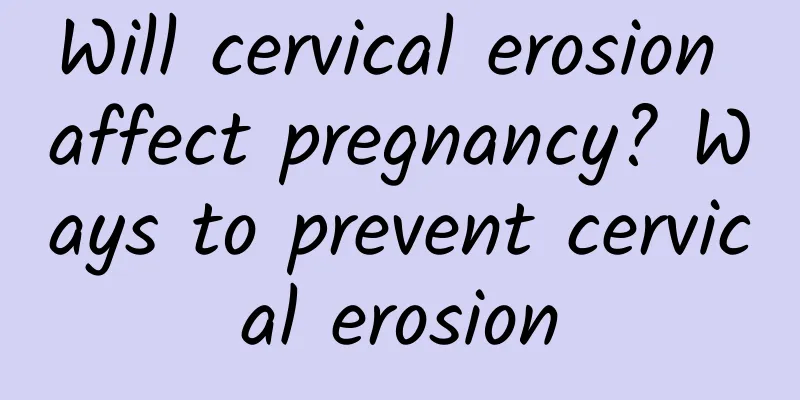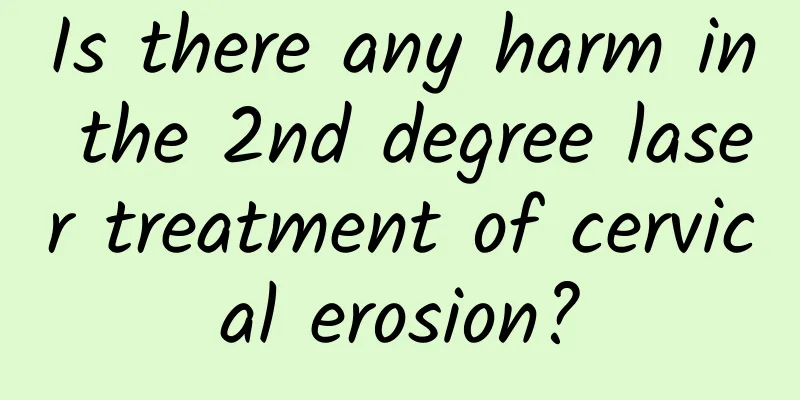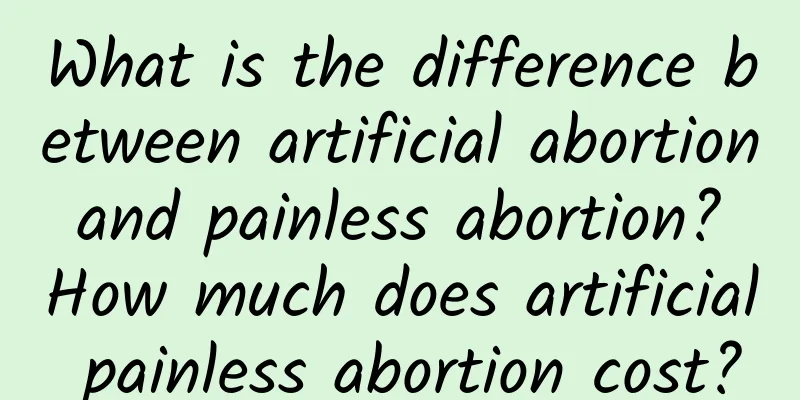What are the symptoms of uterine fibroids? Can uterine fibroids induce cervical cancer?

|
Uterine fibroids bring great pain to patients, and can also cause waist and abdominal pain, menstrual changes, increased leucorrhea, and compression symptoms, which seriously affect the health of patients. Therefore, we should pay attention to the occurrence of this disease and treat it effectively. So, what are the symptoms of uterine fibroids? Symptoms of uterine fibroids (1) Whether the symptoms are serious or not is related to the size, location, number, hair and degeneration of the fibroids. During gynecological examination, intramural fibroids often increase the surface of the uterus with irregular, single or multiple nodules protruding; subserosal fibroids can be touched hard, the ball is connected to the thin pedicle of the uterus, and submucosal fibroids increase the uniformity of the uterus, sometimes the cervix is dilated, located in the cervix or out of the vagina. Different locations may cause different degrees of pain, but there are the above symptoms to attract your attention and check in time to prevent it from being in the bud. (2) Torsion: Subserosal fibroids can twist at the pedicle, causing acute abdominal pain. If the tumor pedicle is severely twisted, if surgery is not performed immediately or it cannot be turned back on its own, a free fibroid may be formed due to the twisting of the tumor pedicle, as described above. The twisted fibroid can also drive the entire uterus, causing axial torsion of the uterus. The site of uterine torsion is mostly near the internal os of the cervical canal, but this situation rarely occurs, mainly due to large subserosal fibroids attached to the bottom of the uterus and the slender cervical canal. The symptoms and signs are similar to those of ovarian cyst pedicle torsion, but the mass is harder. (3) Uterine fibroids combined with uterine body cancer: Uterine fibroids combined with uterine body cancer account for 2%, which is much higher than uterine fibroids combined with cervical cancer. Therefore, menopausal patients with uterine fibroids and persistent uterine bleeding should be alert to the presence of endometrial cancer. Diagnosis and scraping should be performed before confirming treatment. (IV) Uterine fibroids complicated with pregnancy. (5) Myoma degeneration: Uterine myomas often undergo degeneration when they are too large or during pregnancy, which can be divided into benign degeneration and malignant degeneration. Benign degeneration includes red degeneration, mucinous degeneration, cystic degeneration, fatty degeneration and calcification; malignant degeneration is uterine sarcoma, and vascular metastasis has a poor prognosis, which is why patients with uterine myomas should be followed up regularly. (6) Infertility and miscarriage: Infertility, premature birth or miscarriage is caused by fibroids blocking the fertilized egg, leading to infertility, premature birth or miscarriage. The spontaneous abortion rate of patients with fibroids is 4 times that of normal people, and the infertility rate of patients with uterine fibroids is about 25-40%. |
>>: What are the symptoms of uterine fibroids? Can uterine fibroids induce anemia?
Recommend
How is adnexitis diagnosed?
How to diagnose adnexitis? As one of the main gyn...
How many days of pregnancy can I have an abortion?
Although modern people are more open-minded, they...
Symptoms of various types of irregular menstruation in traditional Chinese medicine
In order to better treat irregular menstruation, ...
Experts explain two major treatment methods for ectopic pregnancy
Choosing the right treatment method for ectopic p...
What to do if uterine fibroids appear before pregnancy
Uterine fibroids are a type of tumor that invades...
Bartholin's gland cyst in adolescence
Bartholin's gland cysts in adolescence can be...
The main manifestations of acute and chronic pelvic inflammatory disease
Pelvic inflammatory disease is an inflammation of...
What to do if uterine fibroids hurt
Generally speaking, uterine fibroids are not pain...
What diseases will occur if uterine fibroids are not treated
What diseases will be caused by untreated uterine...
Can dysfunctional uterine bleeding get better? How should it be treated?
As long as they can be treated in a standardized ...
What should I do if my menstrual period is still dark brown after more than a month?
What should I do if my menstrual period has not s...
Suitable for both men and women! 4 Tips for Healthy Eating in Hollywood
Hollywood action star Jason Statham, who was once...
Are you getting the right micronutrients? Chi Mei Hospital found that people are deficient in vitamins ACD and oversupplemented with vitamin B complex
Busy modern people have problems with unbalanced ...
Irregular menstruation should be considered as a symptom of uterine fibroids
Women in the workplace are the main group of peop...
What to do if you have uterine fibroids? How to treat uterine fibroids
Nowadays, the incidence of uterine fibroids is gr...









